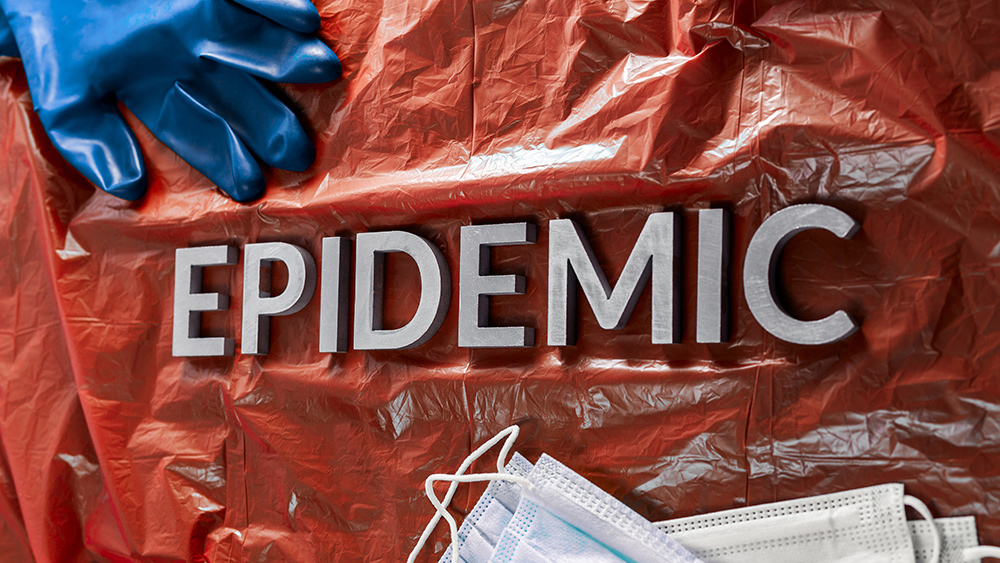
However, medical staff and new dads should not be too quick to clamp and cut that umbilical cord. Waiting a minute could benefit the baby by giving it an extra rush of oxygen-rich blood. Decades ago, it wasn't uncommon to wait five minutes or more to cut the cord. However, for unclear reasons doctors began rushing the procedure.
According to Dr. Tonse Raju, a perinatology specialist at the National Institutes of Health (NIH), the value of immediate clamping has never been shown.
Delayed cord clamping boosts your baby’s health
Recently, the American College of Obstetricians and Gynecologists (ACOG) published an opinion report online which was centered around their new recommendations to delay clamping of the umbilical cord by 30 to 60 seconds.
While this short time difference may not seem like a lot, much of the placental blood transfers in that first minute and there's mounting evidence that it has some major health effects. Delayed cord clamping can lower the risk of transfusions, anemia, and bleeding in the brain.
Furthermore, the ACOG cited research that showed delayed clamping boosts levels of hemoglobin in the blood and helps prevent iron deficiency during the baby's first year of life, which may potentially stave off developmental issues. One study found that waiting 3 minutes to cut the cord led to slightly better early brain development.
"While there are various recommendations regarding optimal timing for delayed umbilical cord clamping, there has been increased evidence that shows that the practice in and of itself has clear health benefits for both preterm and term infants," Dr. Maria Mascola, lead author of the guidelines, said in an ACOG news release.
Today’s advice and possible risks
According to the World Health Organization (WHO), doctors or dads should wait one minute to cut the cord, while other experts say it is better to wait two or even five minutes. While there are still uncertainties about how long they should hold on, the ACOG report settled on "at least 30 seconds to one minute.”
Furthermore, the report stated that there is a small increase in jaundice in term infants undergoing delayed umbilical cord clamping. These children will require phototherapy after birth. However, there's no evidence that waiting increases the mother's risk of hemorrhage or maternal bleeding.
Also, NIH's perinatology specialist Dr. Tonse Raju said longing the pause before cutting should not interfere with mom holding her baby and the important first skin contact. He recommended telling parents following, "While the baby's nice and warm on your skin, we'll take our time and then clamp."
"And, in most cases, this [delayed clamping] does not interfere with early care, including drying and stimulating for the first breath and immediate skin-to-skin contact," Dr. Maria Mascola said.
However, while delaying the process seems to be beneficial to your baby’s health, doctors won't delay cutting the cord if the baby has breathing problems and needs emergency care.
Sources:
Please contact us for more information.























